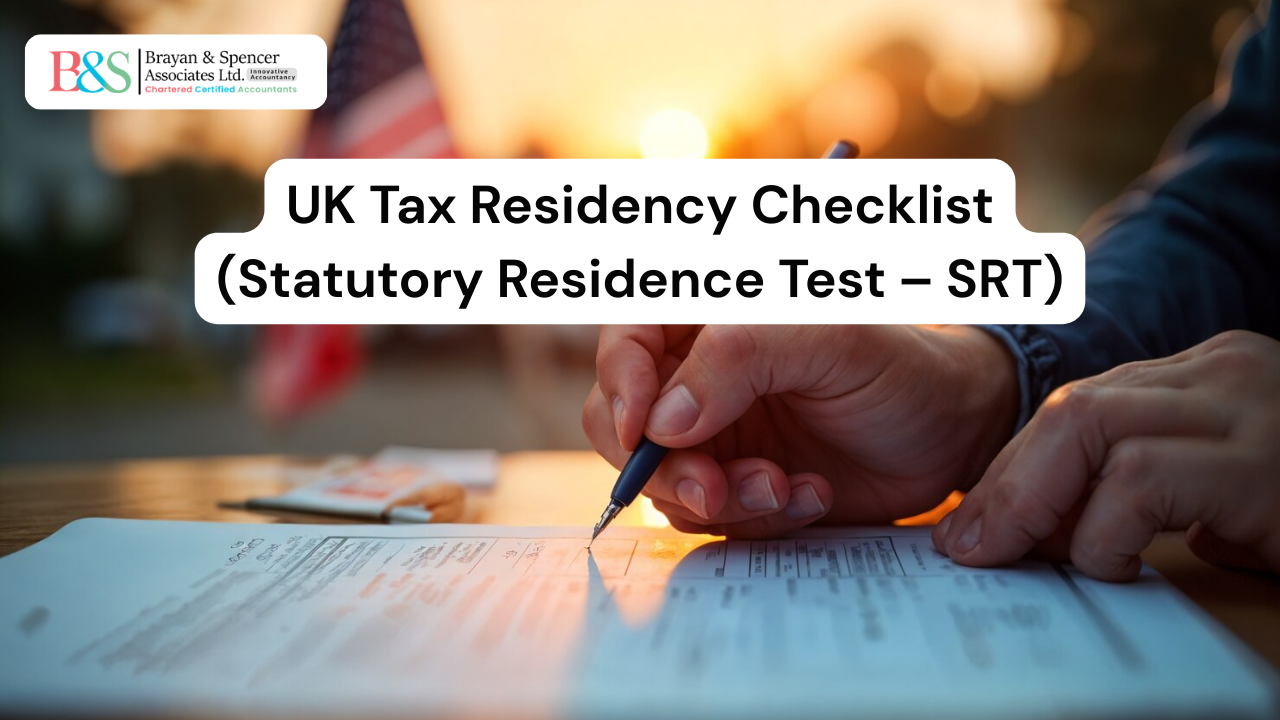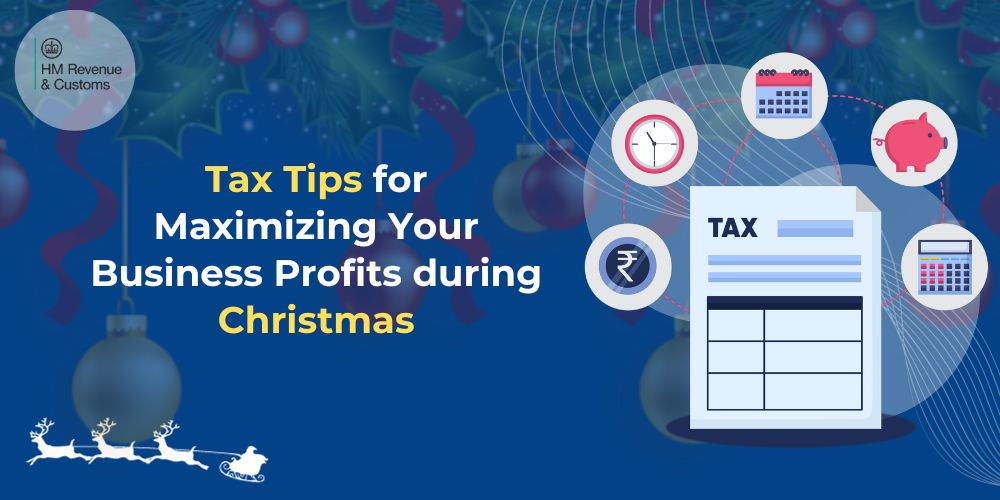This checklist is designed to help individuals and businesses understand how HMRC determines UK tax residency under the Statutory Residence Test (SRT). It is an essential tool for non-UK taxpayers, expatriates, and internationally mobile individuals who want to confirm their tax position and avoid unexpected UK tax liabilities. Our firm uses this as part of residency reviews and tax planning to ensure compliance and peace of mind.
Step 1: Automatic Overseas Tests (Non-Resident if ANY applies)
- Fewer than 16 days in the UK in the tax year, and resident in the UK in one of the previous three tax years.
- Fewer than 46 days in the UK in the tax year, and not resident in any of the previous three tax years.
- Worked full-time overseas (average 35 hours/week), spent fewer than 91 days in the UK, and no more than 30 workdays in the UK.
Step 2: Automatic UK Tests (Resident if ANY applies)
- Spent 183 days or more in the UK in the tax year.
- Only home was in the UK for at least 91 consecutive days and lived in it for at least 30 days.
- Worked full-time in the UK for 365 days, with at least one day falling in the tax year.
Step 3: Sufficient Ties Test
If neither Step 1 nor Step 2 applies, HMRC looks at your ties to the UK and the number of days spent here.
UK Ties include:
- Family tie – spouse/partner or minor child resident in the UK.
- Accommodation tie – accessible accommodation in the UK where you stayed at least one night.
- Work tie – 40 or more workdays in the UK (3+ hours per day).
- 90-day tie – spent more than 90 days in the UK in either of the two previous tax years.
- Country tie – spent more days in the UK than in any other single country (applies if previously UK resident).
Days vs Ties Table:
| Days in UK | Previously Resident | Previously Non-Resident |
| 16–45 | Resident if 4 ties | – |
| 46–90 | Resident if 3 ties | Resident if 4 ties |
| 91–120 | Resident if 2 ties | Resident if 3 ties |
| 121–182 | Resident if 1 tie | Resident if 2 ties |
Step 4: Evidence to Keep
- Passport and travel records (entry/exit dates).
- Proof of overseas employment or business.
- Overseas residence permits or visas.
- Bank statements and accommodation contracts abroad.
- HMRC correspondence confirming residency status.
Conclusion
Residency is determined annually using the Statutory Residence Test. Your tax position depends on both the number of days spent in the UK and the nature of your ties to the UK. For non-UK taxpayers, understanding and documenting residency status is crucial to avoid unnecessary tax exposure. At Brayan & Spencer Associates Ltd, we assist clients in completing this checklist, interpreting results, and providing tailored tax planning strategies.
For personalised UK residency advice or tax planning support, please contact Brayan & Spencer Associates Ltd. Our experienced tax consultants will guide you through HMRC residency rules and ensure compliance with confidence.




